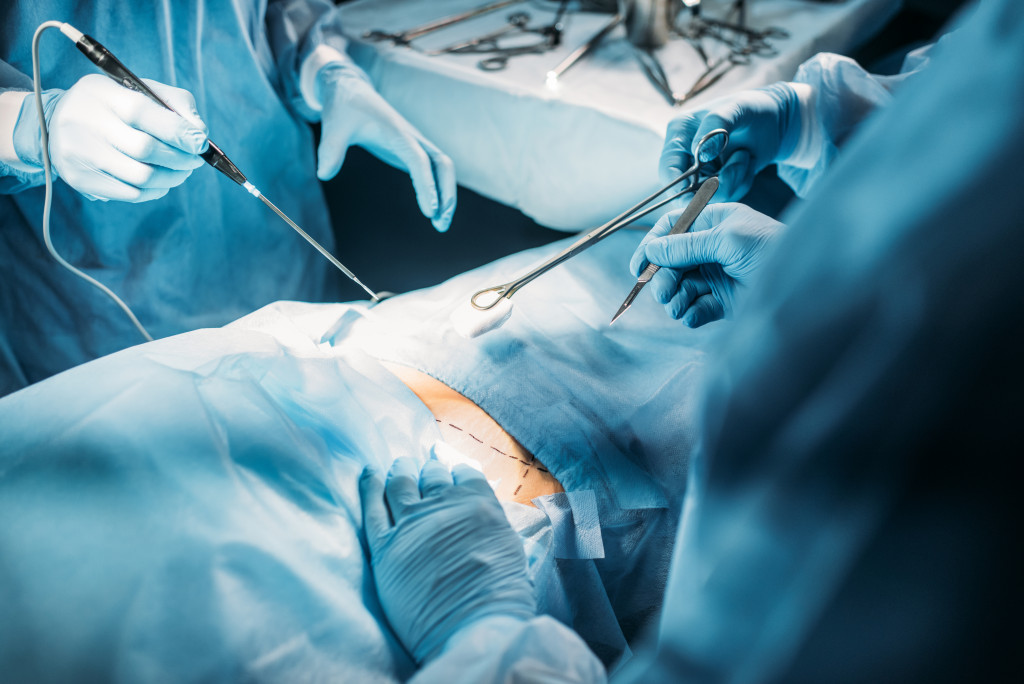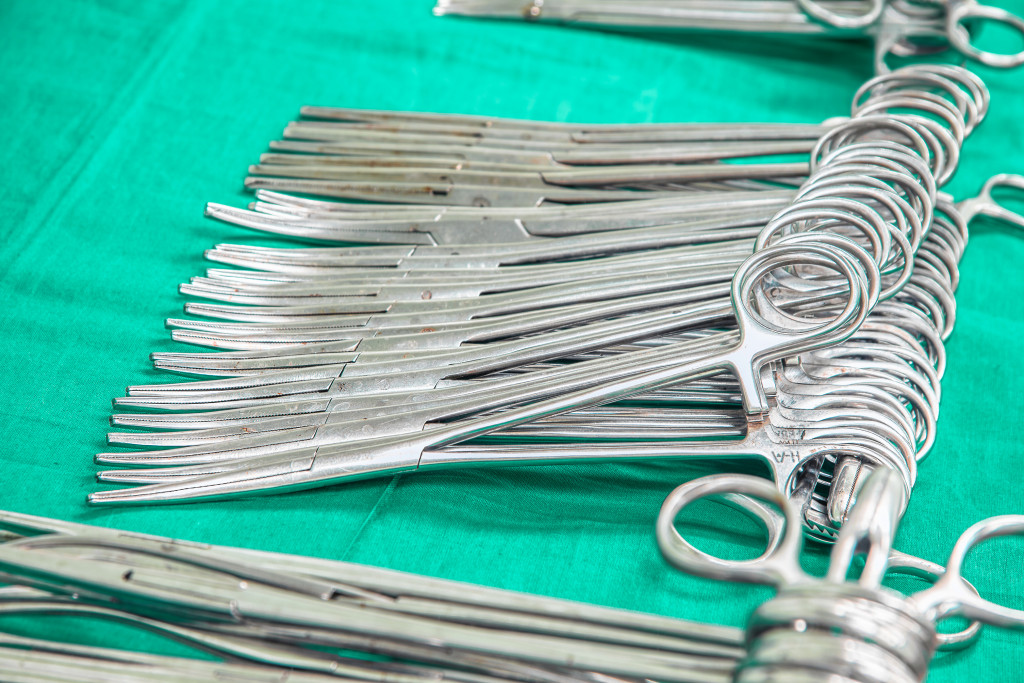• Germs can enter an operating room through various sources.
• Cleanrooms are essential for surgeries to reduce airborne particles and keep the space sterile.
• Sterile techniques should be utilized by medical staff, such as protective masks, gowns, gloves, and hats.
• Antiseptic solutions, such as iodine or alcohol, can reduce bacteria levels on the doctor’s hands and the patient’s skin.
• Air purification systems help filter out airborne particles from operating rooms before patients enter them.
For centuries, germs have been a significant threat to medical surgeries. From the Black Plague to the Spanish Flu in 1918, humanity has faced several deadly pandemics that have decimated populations. Even today, germs still represent a significant danger in medical operations, and it is essential to understand how they can affect our health and safety. Here’s a look at how germs threaten medical surgeries today.
How Germs Affect Medical Surgeries
Germs can enter an operating room through any means, such as on the clothing of staff members or equipment brought into the room. Also, contact with open wounds or other body fluids can also spread germs during surgery. This can lead to severe patient infections and potentially even death if not handled properly.

The Implications of Infections During Surgery
The implications of infections during surgery can be devastating for both patients and healthcare professionals alike. Conditions increase recovery time for patients and cost hospitals money due to the expensive treatments required to reduce the risk of further complications.
In addition, infections can lead to profound legal implications for healthcare professionals if they are found responsible for failing to take proper precautions against transmitting infectious diseases from one patient to another.
Additionally, those infected can be vulnerable to secondary infections, such as pneumonia, which can be fatal in some cases. This can then lead to more costs for the families paying for their recovery.
Here are four ways the medical industry has reduced germs in surgeries.
How the Medical Industry Reduced Germs in Surgeries
As stated earlier, germs can be a significant threat to medical surgeries. There are now various ways medical professionals have found ways to reduce germs entering during surgeries. Here are some of them.
Cleanrooms
Cleanrooms are essential for surgeries because they are designed to reduce the concentration of airborne particles. In addition, these rooms are kept sterile and free of contamination, which can prevent germs from entering through air circulation. Usually, a well-designed ISO 6 cleanroom is enough to ensure patient safety in a medical facility before and after operations. These are generally installed in sterilization areas before the surgery room.
Sterile Technique
Using sterile techniques in the operating room is paramount for reducing the risk of infection. All personnel must wear protective masks, gowns, gloves, and hats to ensure that any microbes on their clothing or skin do not enter the patient’s body during surgery.
Additionally, all materials used must be sterile to prevent contamination. Finally, a “sterile field” is created by draping the area where the surgery will take place with sterile cloths to provide an additional layer of protection from germs entering the patient’s body.

Antiseptic Solutions
Before any incisions are made during a surgical procedure, doctors often use antiseptic solutions such as iodine or alcohol to reduce germs on both their hands and the patient’s skin. This reduces bacteria levels on both surfaces and helps lessen the chances of infection during surgery. Antiseptic solutions also help reduce tissue damage caused by friction between surgical instruments and a patient’s skin.
Air Purification Systems
Hospitals now have air purification systems that actively filter out bacteria from operating rooms before patients enter them. These systems can eliminate up to 99% of airborne particles, ensuring that patients won’t be exposed to pathogens while undergoing surgery. Air purification systems also help reduce contamination levels within operating rooms which can further lower infection risks for patients undergoing surgery.
Cleaning Protocols
Lastly, after the surgery, hospitals must implement strict cleaning protocols to prevent the spread of germs between patients. This includes deep cleaning all spaces and equipment with disinfectants and washing cloths in hot water before reusing them. Additionally, all medical personnel should properly dispose of used materials, such as gloves and gowns, to further reduce contamination risks.
Germs represent a significant danger for medical surgeries, but these risks can be drastically reduced with the proper precautions and protocols. Therefore, all medical facilities must take the necessary steps to ensure the safety of their patients and staff. With the appropriate knowledge, healthcare professionals can prevent germs from entering surgeries and reduce the risks associated with medical procedures.